Search engine traffic is essential for most online businesses, but attaining high rankings on Google is not so easy anymore. Some SEO specialists and marketers have resorted to black-hat techniques in order to get an edge over their competitors in SERP rankings. Unfortunately, this often results in web penalties from Google, for violating content guidelines.
James Cummings CEO at Daily Posts, a content writing agency, advises web owners to focus on providing quality material for their sites and desist from black-hat techniques.
According to Matt Cutts, there are more than 400,000 manual actions opened monthly by Google. But it doesn’t stop there, several other websites are being punished by updates to algorithms. The interesting thing is that only 20,000 webmasters submit reconsideration requests every month, indicating that just 5 percent of erring websites try to gain back their rankings.
If your website has received a manual or algorithmic penalty, don’t give up just yet. In this post you will discover how you can recover from a penalty and get back your rankings and traffic.
Why you have been penalised
If you suddenly notice a sharp drop in web traffic, you need to find out what caused it. There are two major penalties you can receive:
- Manual action (from Google’s spam unit)
- Algorithmic penalty
- Manual action
To know if your website was penalised by manual action, visit the Google Webmaster Tools page and see if you have any recent modifications. If you are guilty, there will be message informing you that your practices have been outside Google’s guidelines. If there are no caution messages on Google Webmaster Tools, look further into the cause of your traffic decline.
- Algorithmic penalty
To find out the kind of algorithmic penalty your website has received, you will have to compare the time period of your traffic drop with the date of a recent algorithmic update. To find out, you can visit the Google Algorithmic Change History.
The most common updates are Panda (content quality) and Penguin (backlinks and anchor text distribution).
Backlinks you should avoid for your website
Low-quality links can cause your website to be penalised. Some examples are
- Backlinks from Google-penalised/banned websites
- Websites with duplicate content
- Websites irrelevant to your niche
- Spam comments and discussion profile
- Websites with thin content- directory backlinks are low quality
- Site-wide backlinks
These are just a handful. More than 95 percent of Google penalties are backlink related. If your website has too many poor-quality backlinks, you will experience a drop in Google rankings.
How to recover your rankings
Whether it is a manual or an algorithmic penalty, you have to review your backlinks and identify the rogue ones responsible for your loss in rankings. In the case of a content penalty, focus on those links with thin content, duplicate content and content irrelevant to your site.
When you identify the links, remove them and disavow the ones you cannot delete.
First step, go to Google Webmaster Tools and download all the backlinks recognisable to Google. Import theses links to your SEO tool and find out more about them.
For those backlinks you can’t remove, create an email and request a removal of the bad backlinks from the webmaster. All requests must be sent from your website’s email address.
It usually takes 3 to 4 weeks for a report to be treated, and then you will observe a positive difference in your rankings.

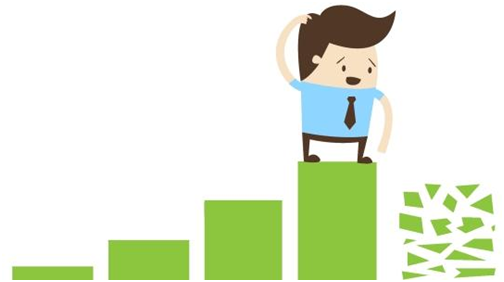
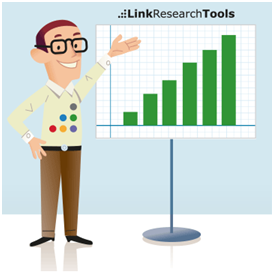



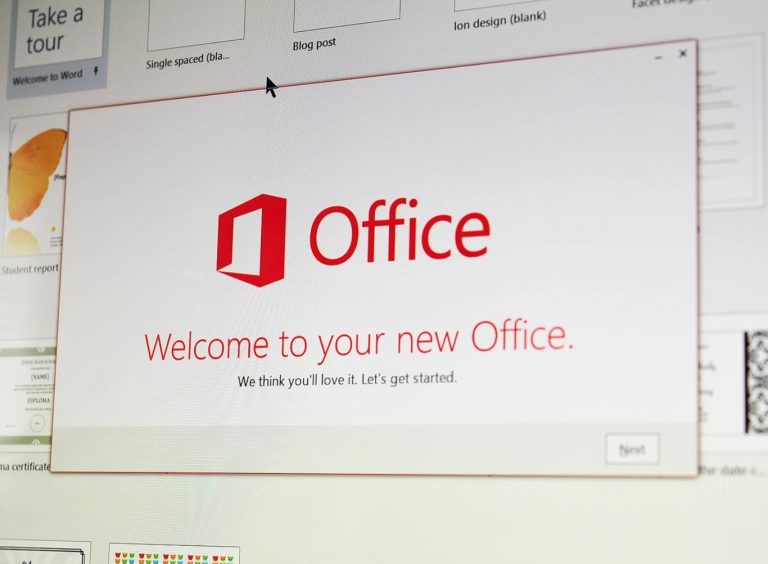
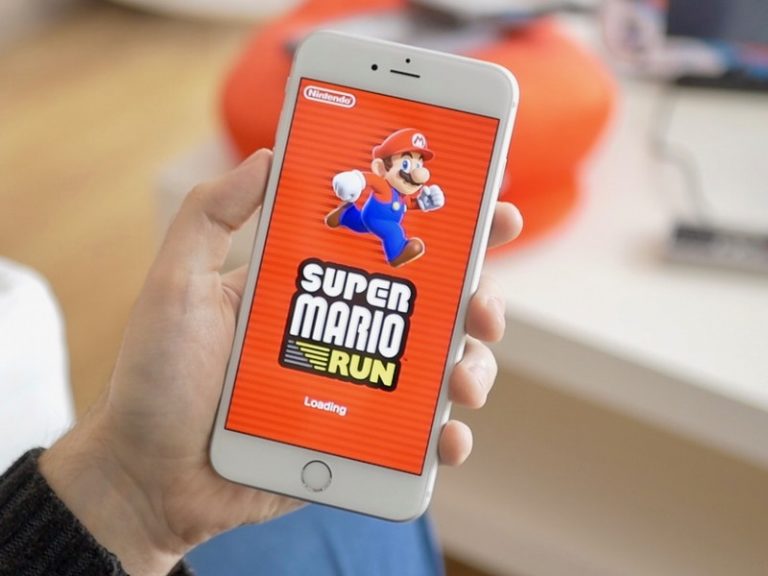

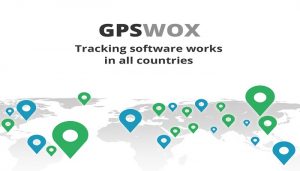

+ There are no comments
Add yours